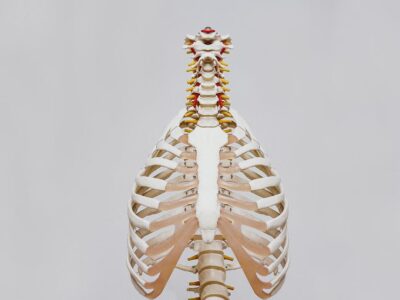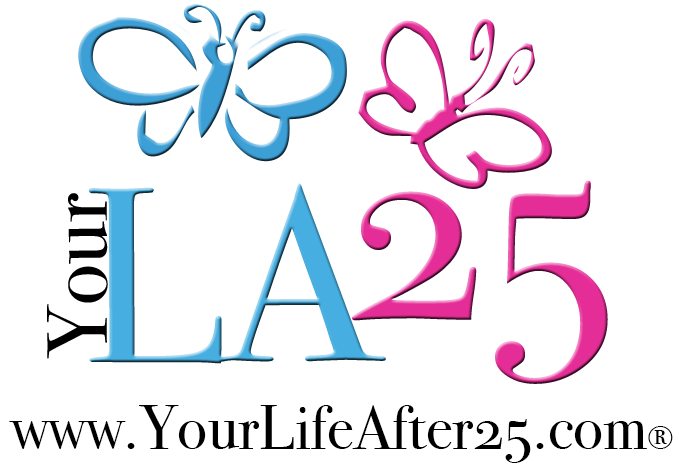HOW DO YOU DETOX FROM OPIOD ADDICTION DURING PREGNANCY?
Pregnancy can be a rollercoaster ride for most women. They careen from the “high” of anticipating the baby’s arrival to the “lows” of morning sickness, physical discomfort, and surprising emotional outbursts. Adding an opioid addiction to the pregnancy mix creates an entirely different scenario. Now the mother must contend with the effects of substance abuse in addition to the regular challenges of pregnancy. Even worse, the unborn infant is now the innocent victim of its mother’s opioid addiction. Expectant mothers in this situation face three choices: they can simply continue on with their opioid addiction, attempt to stop using on their own, or get help to stop. The third choice is always the most beneficial to both mother and infant.

All the experience and knowledge of the medical field warns against the other two choices. A sudden stoppage of opioid use during pregnancy can have serious consequences for both the mother and the baby. The resulting withdrawal symptoms can be extremely unpleasant for the mother and fatal for the baby.
Continued use of opioids by the mother throughout her pregnancy will have devastating effects on the infant. Examples of opioids are heroin, codeine, and Vicodin. The main effects of these substances on the infant are premature birth, infant withdrawal symptoms (Neonatal Abstinence Syndrome or NAS), birth defects, and often, stillbirth. Newborn infants suffering from NAS often exhibit breathing problems, low birth weight, feeding problems, and seizures. Other indications of NAS include excessive crying, irritability, slow weight gain, diarrhea, vomiting, fever, tremors, and often, death.
As an expectant mother addicted to opioids considers the three choices, she might be tempted not to tell her doctor of her addiction. Depending on where she lives, there is a chance that she may be charged with child abuse, delivery of drugs to a minor (through the placenta), or — if the infant is stillborn – homicide. In this case, it is best to remind the mother that the sooner she seeks help with her addiction, the better it will be for her baby. The chance of birth defects will be reduced and the NAS symptoms will be far less severe when the baby is born.
Ideally, addiction treatment should begin as close to the start of pregnancy as possible. Either Methadone or buprenorphine are typically used in the medication-assisted treatment of opioid addiction during pregnancy. Both are used to reduce the effects of withdrawal for the mother and the baby. The typical method is to gradually “wean” the mother from the Methadone or buprenorphine by gradually reducing the dosage. While Methadone is the traditional drug used for this treatment, there is a risk of mother and baby becoming addicted to it. Buprenorphine, on the other hand, produces a weaker effect than Methadone, thus reducing the risk of an overdose and of a physical dependence on it for both mother and baby.
It is important for the approx. 5.4% of pregnant women who currently use illicit drugs to know the risks of their addiction, both to themselves and to their unborn children. It is even more important for them to know that there is help – help that can mean a world of difference to both mother and baby. This help will not only free them from a debilitating addiction, but will enable these mothers to learn new coping skills, and will give their babies a chance to face life with much brighter prospects.
For those seeking help with an opioid addiction during pregnancy, the Substance Abuse and Mental Health
Service Administration site (indicated below in the sources)lists a directory for opioid treatment programs available in each state.













